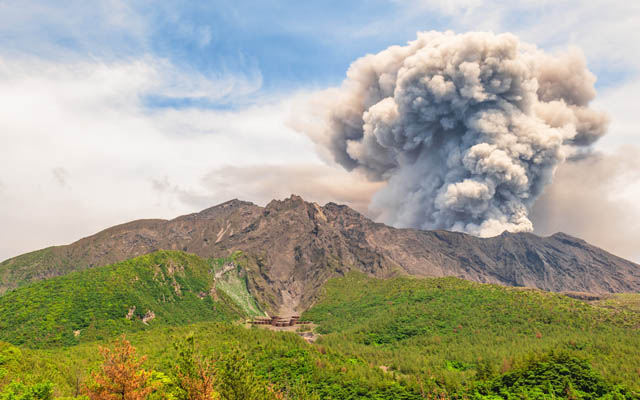A series of eruptions at Sakurajima in southern Japan sent ash and smoke high into the sky on November 16, prompting warnings of ashfall and causing flight disruptions across the region.
The Japan Meteorological Agency (JMA) said the first eruption took place before dawn, producing a plume of about 4,400m, followed by two more blasts during the early morning. It was the first time in nearly 13 months that the volcano had sent ash higher than four kilometres, according to local reports.

Authorities in Kagoshima prefecture, where the volcano sits on the southern tip of Kyushu island, said no damage had been reported. The JMA, however, forecast ashfall in parts of Kagoshima and neighbouring Miyazaki and advised residents to take precautions by using umbrellas or masks outdoors and driving slowly on roads affected by ash.
Local media reported that around 30 flights in and out of Kagoshima Airport were cancelled due to ash and related operational concerns. The agency said ash drifted north-east after the morning eruption and expected further deposits through the day.
Sakurajima is among Japan’s most active volcanoes, with eruptions of varying intensity occurring regularly. Activity in previous years has produced higher ash plumes, including an eruption in 2019 that rose to about 5.5km. Despite the latest series of blasts, the JMA kept its alert level at three on a five-tier scale, maintaining restrictions on approaching the mountain but not requiring evacuations.
Officials said monitoring will continue as the volcano remains active, though current assessments indicate no immediate change in risk levels.



















